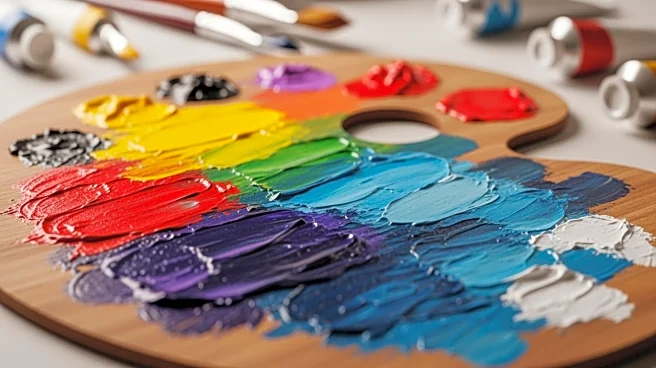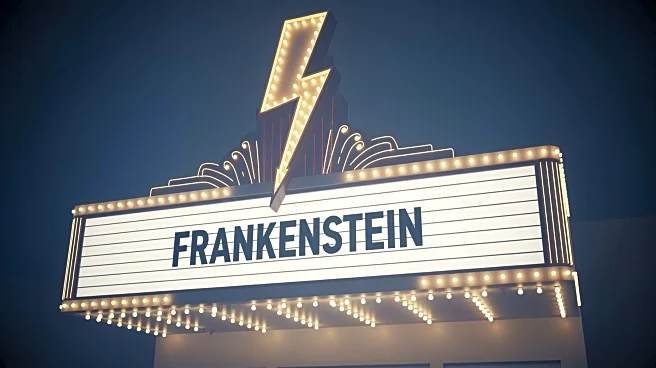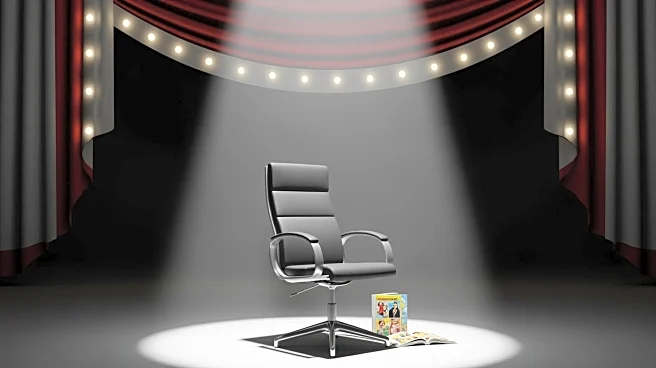What's Happening?
Fabio Cherstich's 'A Visual Diary' is a theatrical production that delves into the 1980s New York queer art scene. The performance, held at Triennale Milano, is described as a tender and radical exploration of love and memory. The setup is minimalistic,
featuring a table, stool, projections, and occasionally a turntable and mirror ball. This simplicity serves to create an immersive experience, transporting the audience to the vibrant and textured atmosphere of 1980s New York. The production is not merely a recounting of historical events but an evocative portrayal of the era's cultural and social dynamics. It is produced by Emilia Romagna Teatro ERT / Teatro Nazionale and involves collaboration with Visual Aids, NYC, and La MaMa Theatre, NYC.
Why It's Important?
The significance of 'A Visual Diary' lies in its ability to resurrect and preserve the cultural and social nuances of a pivotal era in queer history. By focusing on the 1980s New York queer art scene, the production highlights the resilience and creativity of a community that faced significant challenges. This exploration is crucial for understanding the historical context of LGBTQ+ rights and the ongoing struggle for equality. The performance serves as a reminder of the power of art to document and influence social change, offering contemporary audiences a chance to reflect on past struggles and achievements. It also underscores the importance of preserving cultural memory and the role of art in fostering empathy and understanding across different communities.
What's Next?
Following its performance at Triennale Milano, 'A Visual Diary' is scheduled to be showcased at ERT Bologna from December 3 to 7, 2025. This continuation of the production's run indicates a growing interest in revisiting and understanding the cultural history of the 1980s queer art scene. The production may inspire further artistic endeavors that explore similar themes, potentially leading to increased awareness and dialogue around LGBTQ+ history and rights. As the performance reaches new audiences, it may also encourage other theaters and cultural institutions to support and promote works that highlight marginalized voices and stories.
Beyond the Headlines
Beyond its immediate impact, 'A Visual Diary' raises important questions about the role of art in preserving history and shaping cultural narratives. The production challenges audiences to consider how stories from the past can inform present and future social movements. It also highlights the ethical responsibility of artists and cultural institutions to represent diverse perspectives and ensure that marginalized communities are not forgotten. By bringing the 1980s New York queer art scene to life, the production contributes to a broader understanding of the complexities of identity, community, and resistance.













